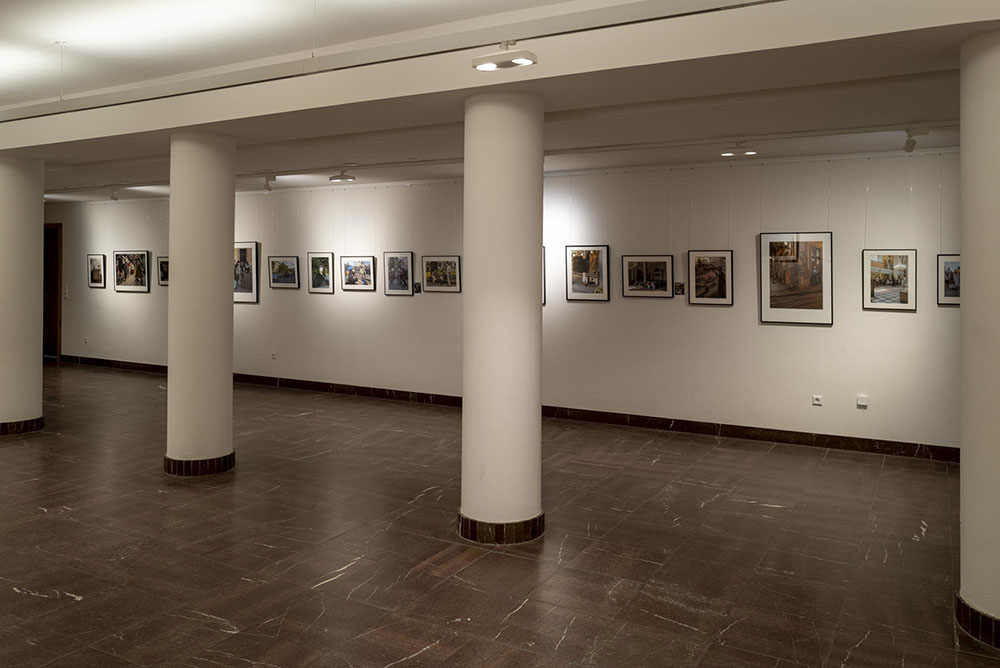
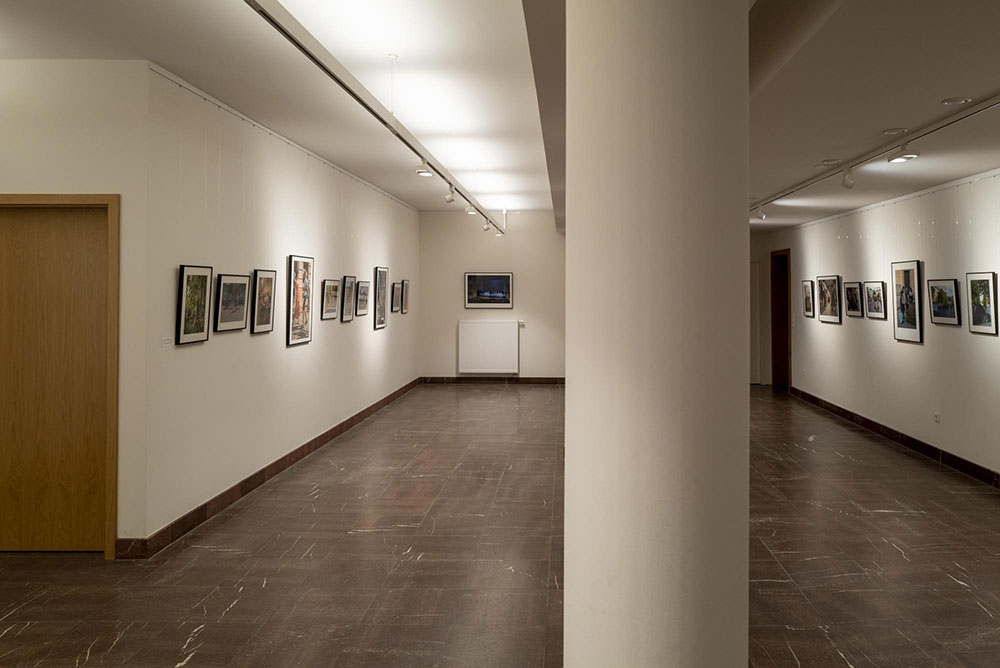

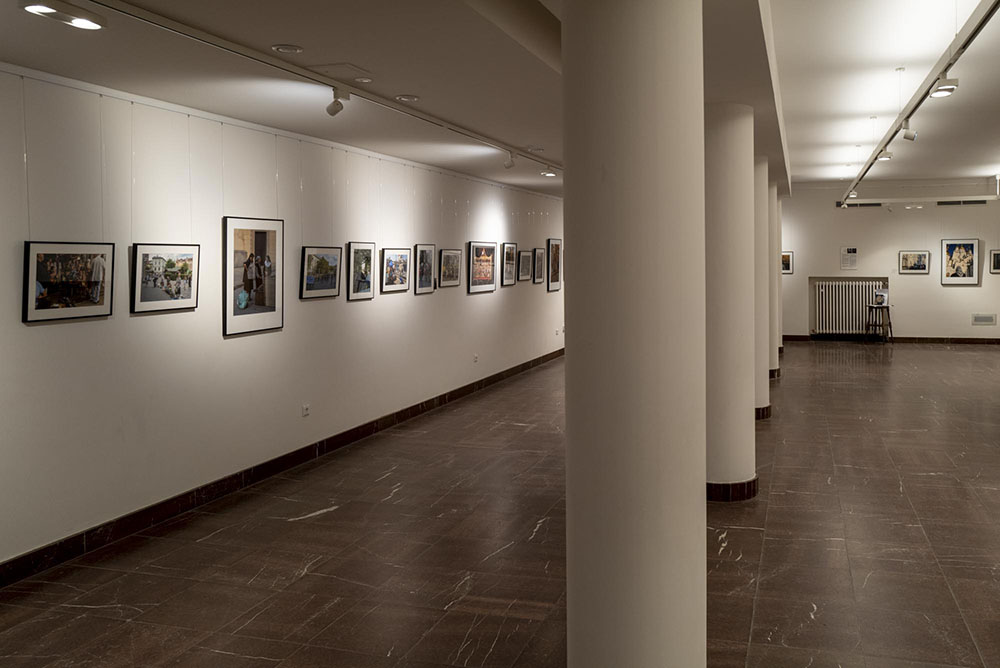
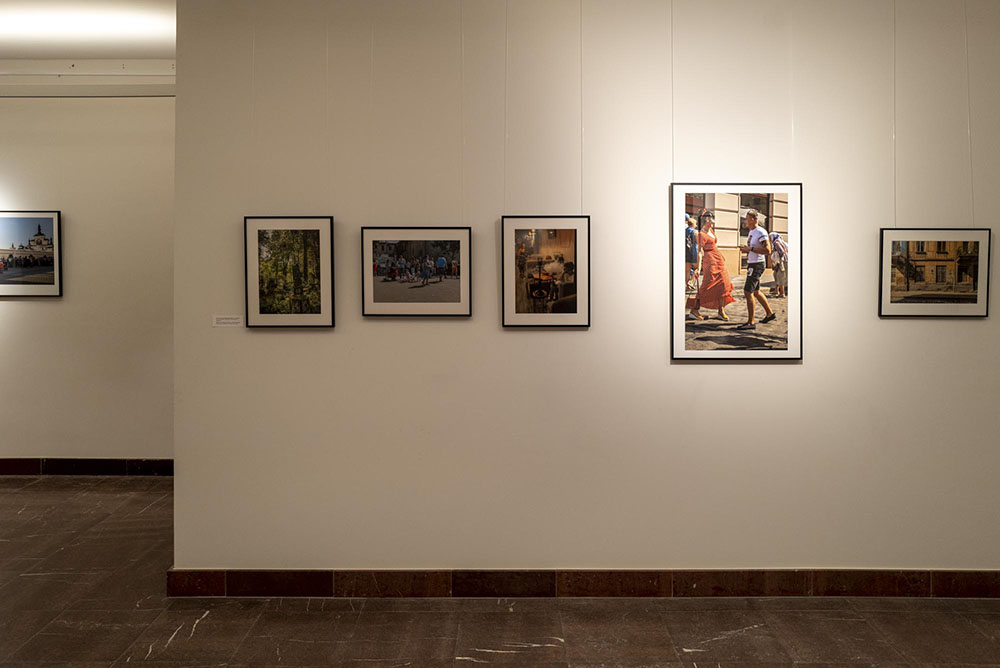





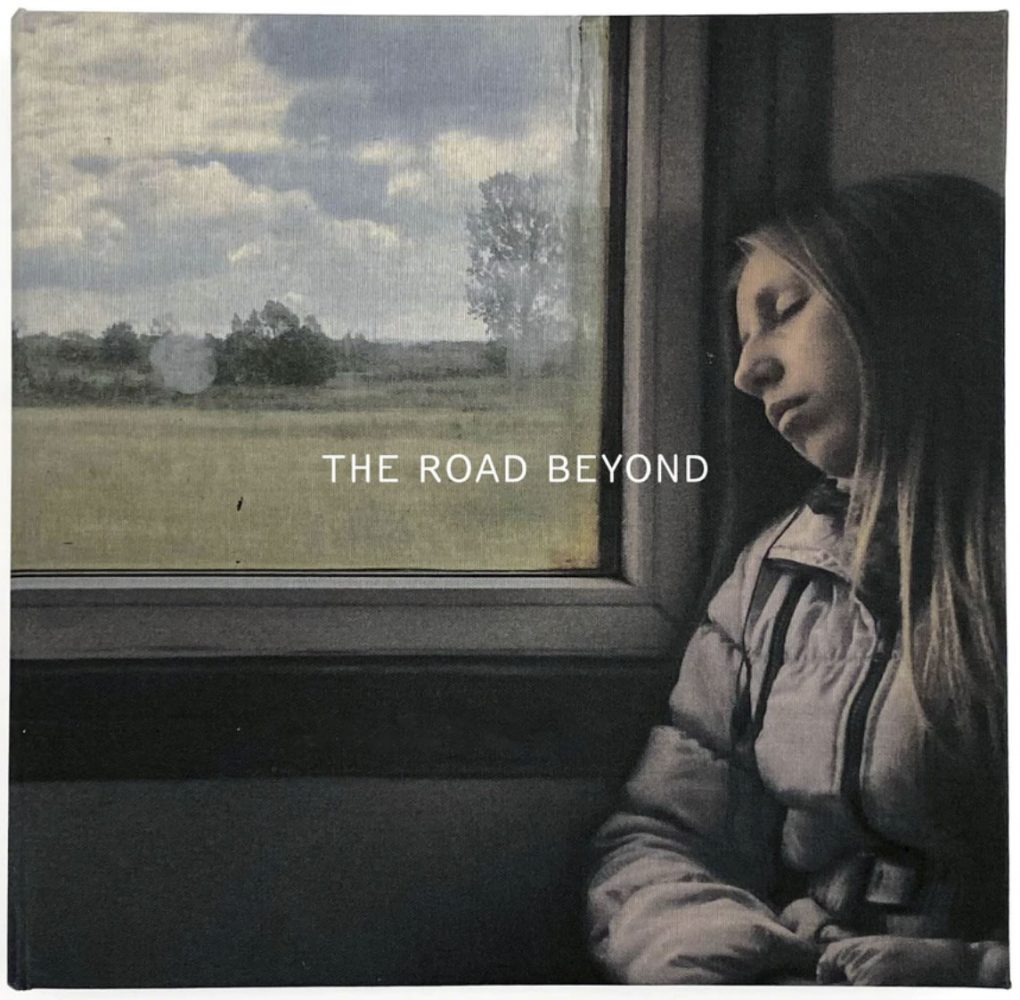
A gibbous moon arrives in shadow and light. First at waxing then at waning, two moons in one cycle just shy of full. Poet Dennis Cooley’s eloquent words merge with photographer/composer Michael Matthews’ decadent abstract photographs. These two celebrated artists draw connections and parallels to each other’s masterful art forms, tying the two together seamlessly. The antecedent and subsequent illuminate the night sky with their dance; the shadows and the light taking turns at showing us the way through the darkness.
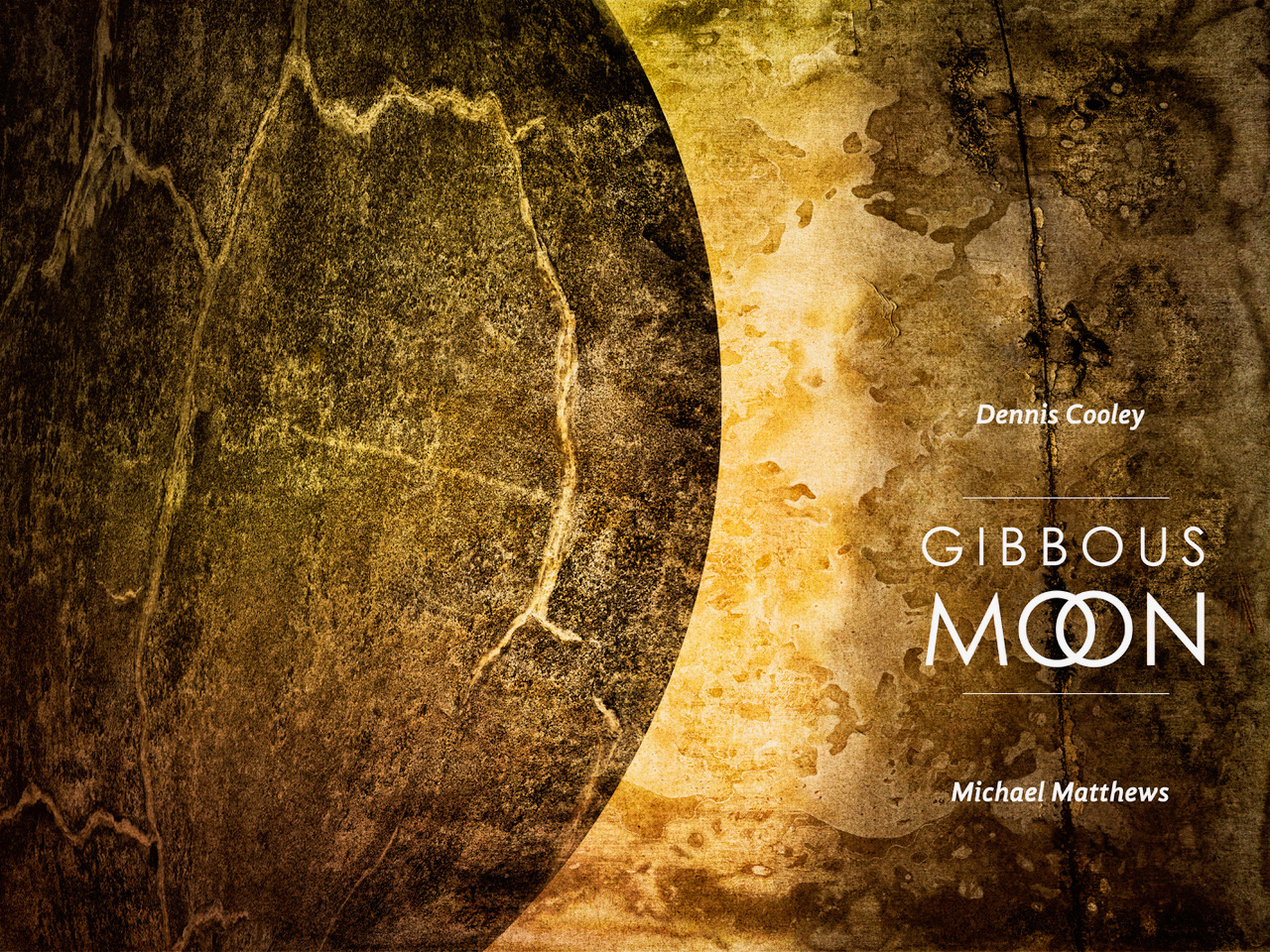
A small, exclusive photo series „In Organis Veritas“ by Sabine Dobinsky has recently been installed in the entrance area of the pathology department at the DRK Klinikum Westend.
In masterfully placed light, the colour and black and white photos reflect the spectrum of the history of pathology. The pathologists, who otherwise tend to work in obscurity, provide an insight into their special diagnostic view: The organs contain the diagnosis that the pathologist brings to light – generally a diagnosis to benefit the living. The exhibition is ongoing.
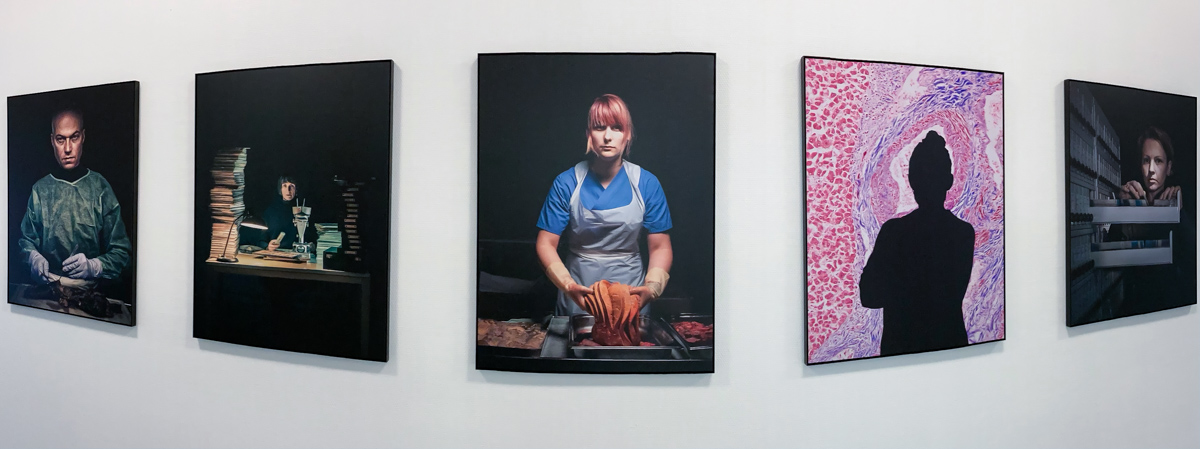

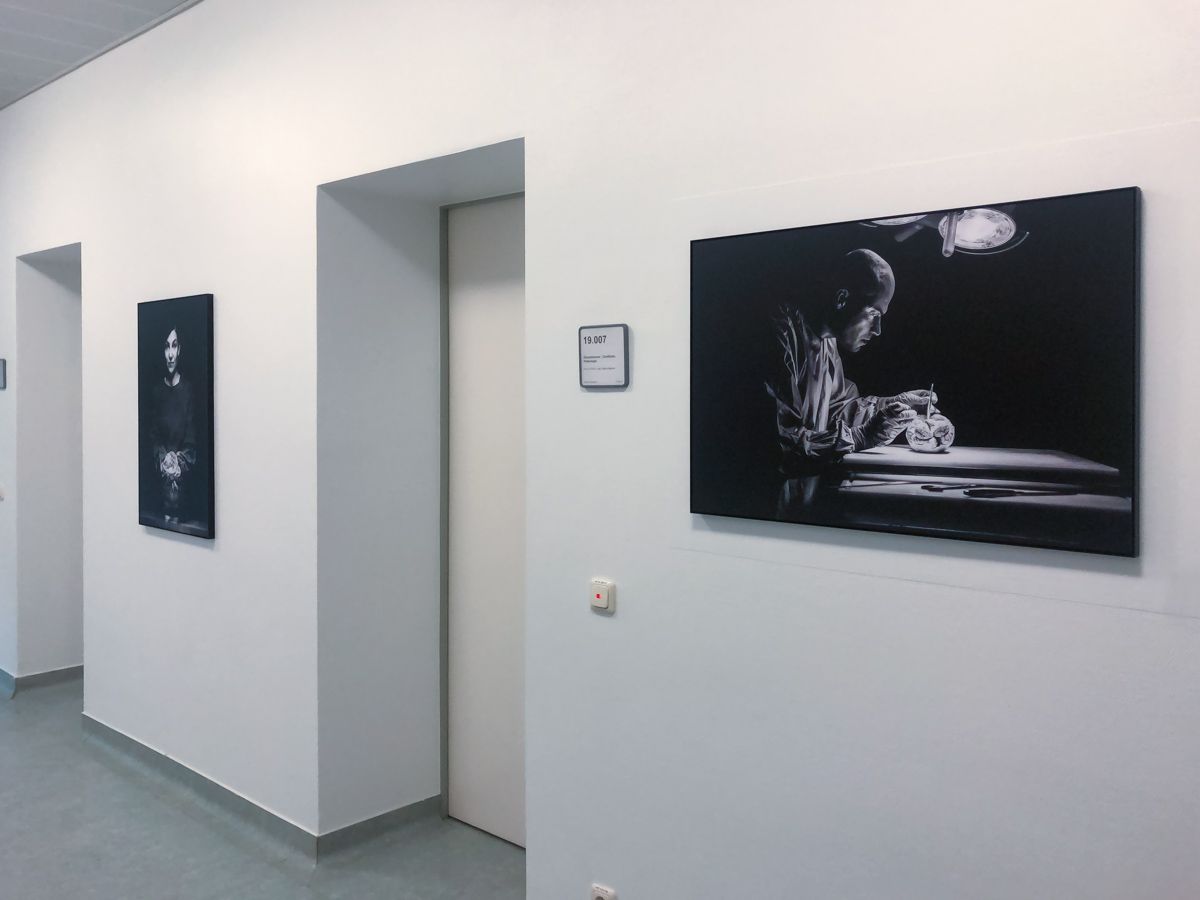
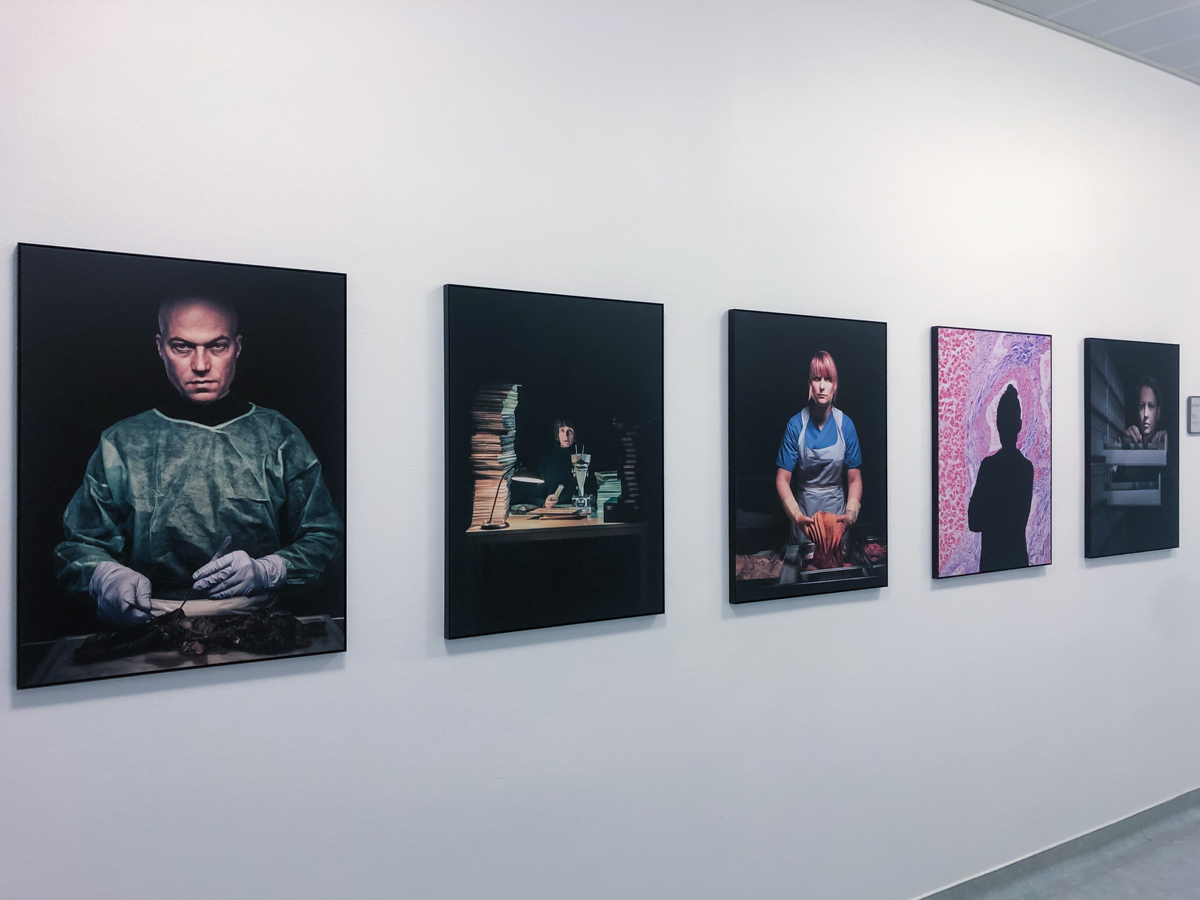
As if in defiance, the almost mindless „century step“ seems to stride through Potsdam’s centre. Only the epochal Nikolai Church seems to stand like a rock.
The subject of the exhibited photographic positions is the current emotional debate about urban development, which has taken place in the most diverse social epochs. How carefully do we treat old buildings and to what extent do architectural dreams justify their realisation? Potsdam is an example of this topic. Here I follow with interest the construction activities as well as the accompanying social discourse about Potsdam’s „new centre“. The reconstruction of the Garrison Church with its disastrous history, the demolition of the University of Applied Sciences and the resulting redesign of the Old Market Square according to historical models are examples of this kind of controversial debate. The architectural contrasts between different social systems could hardly be greater here in the smallest of spaces.
Using photographic means, I tried to depict the urban conflicts about the aesthetics of old and new architecture.
In addition to a digital camera, a simple camera obscura soon became a familiar tool for me. The long as well as the multiple exposures which are presented here were very much in line with my photographic ideas – but left little room for subsequent image processing. The surreal world of images shown in this exhibition was created in the field of tension of these architectural and social contradictions and will not be reproducible in this form in the future due to Potsdam’s urban development.
Newly emerging STADTräume… characterised by transformations and contradictions.
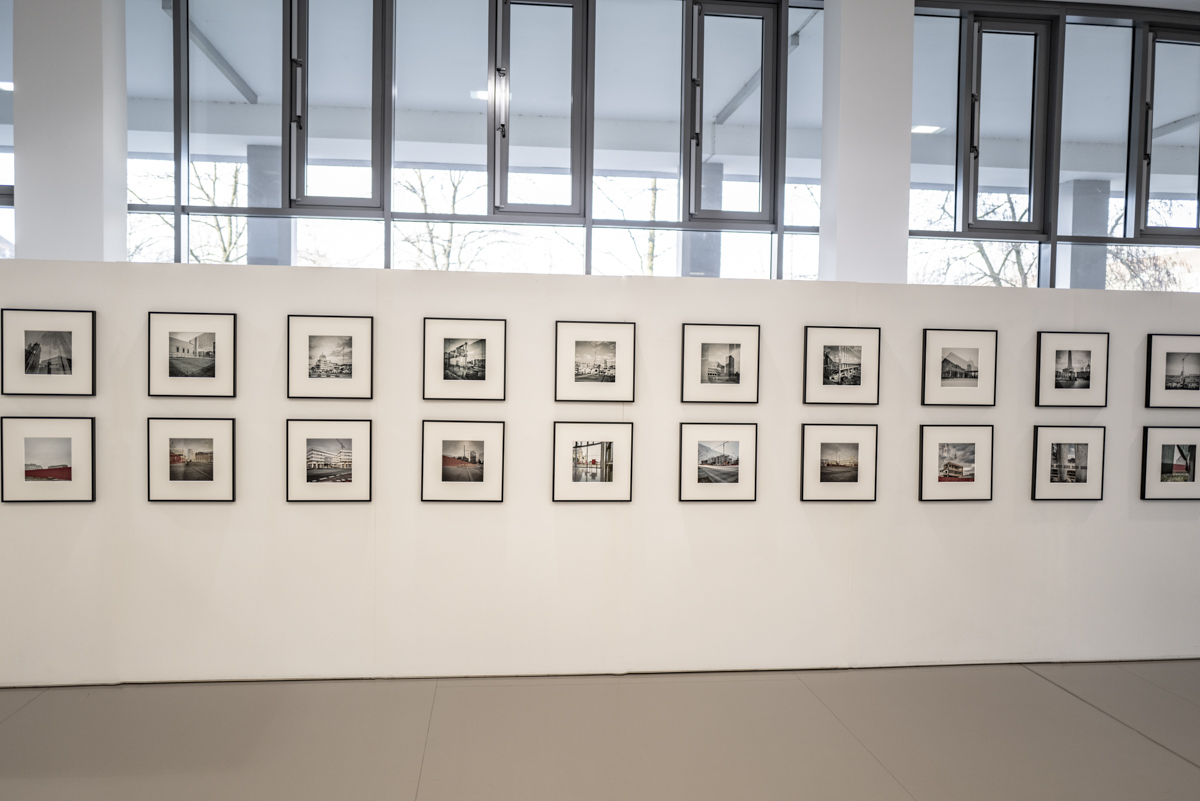



Picture cycle for the 200th birthday of the German Poet Theodor Fontane
Tagungs-und Wellnesshotel „Gut Klostermühle“

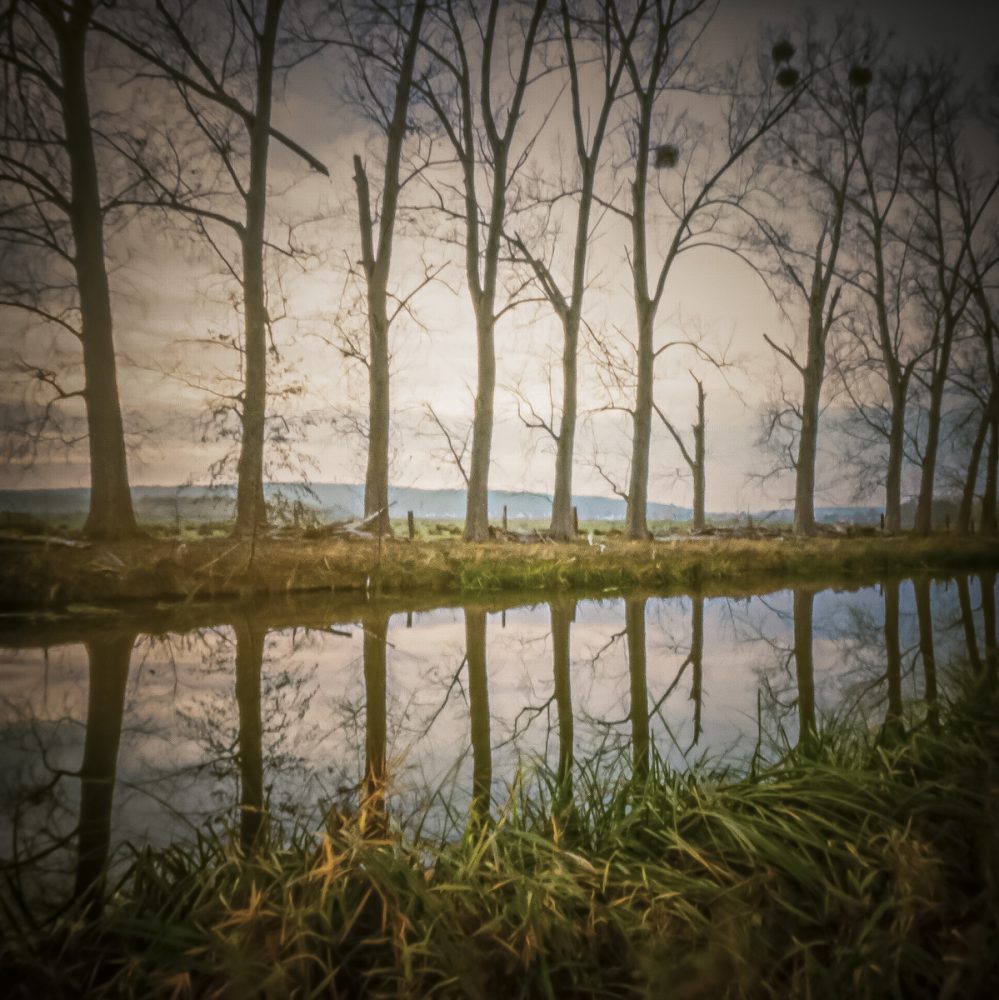
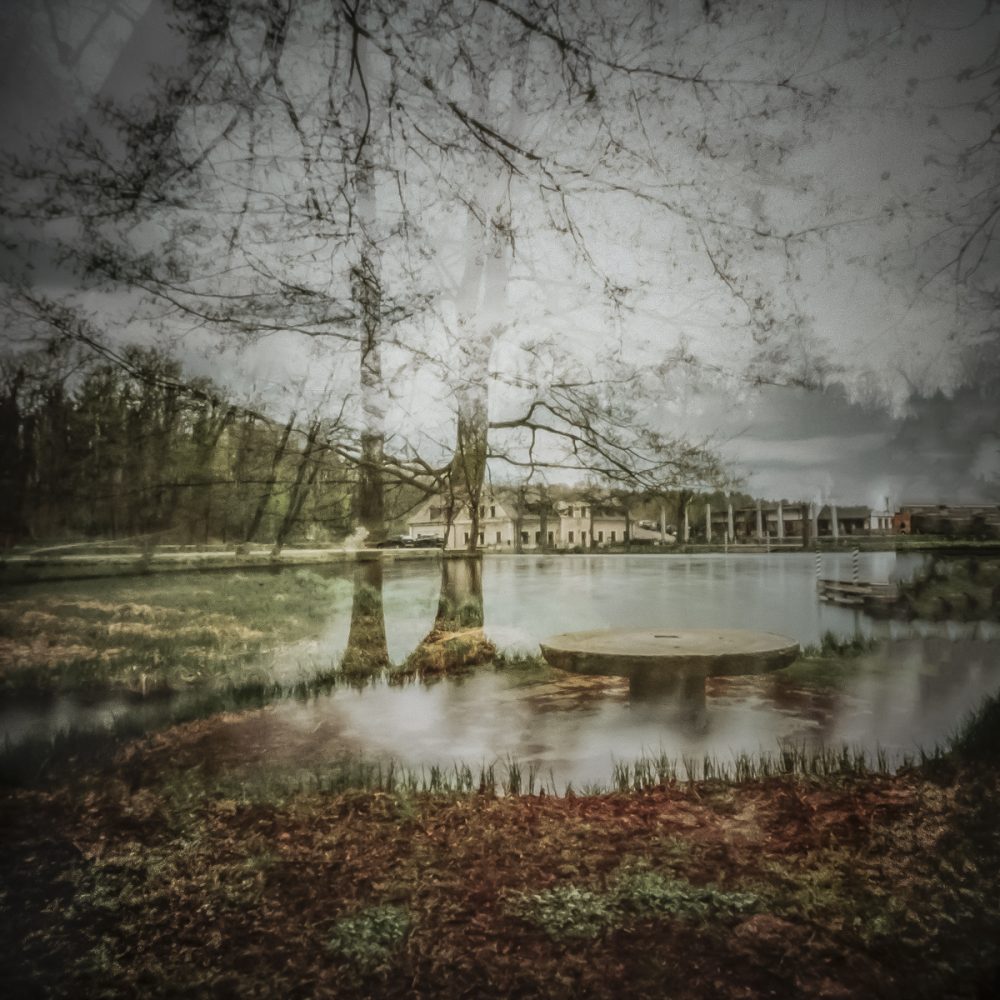


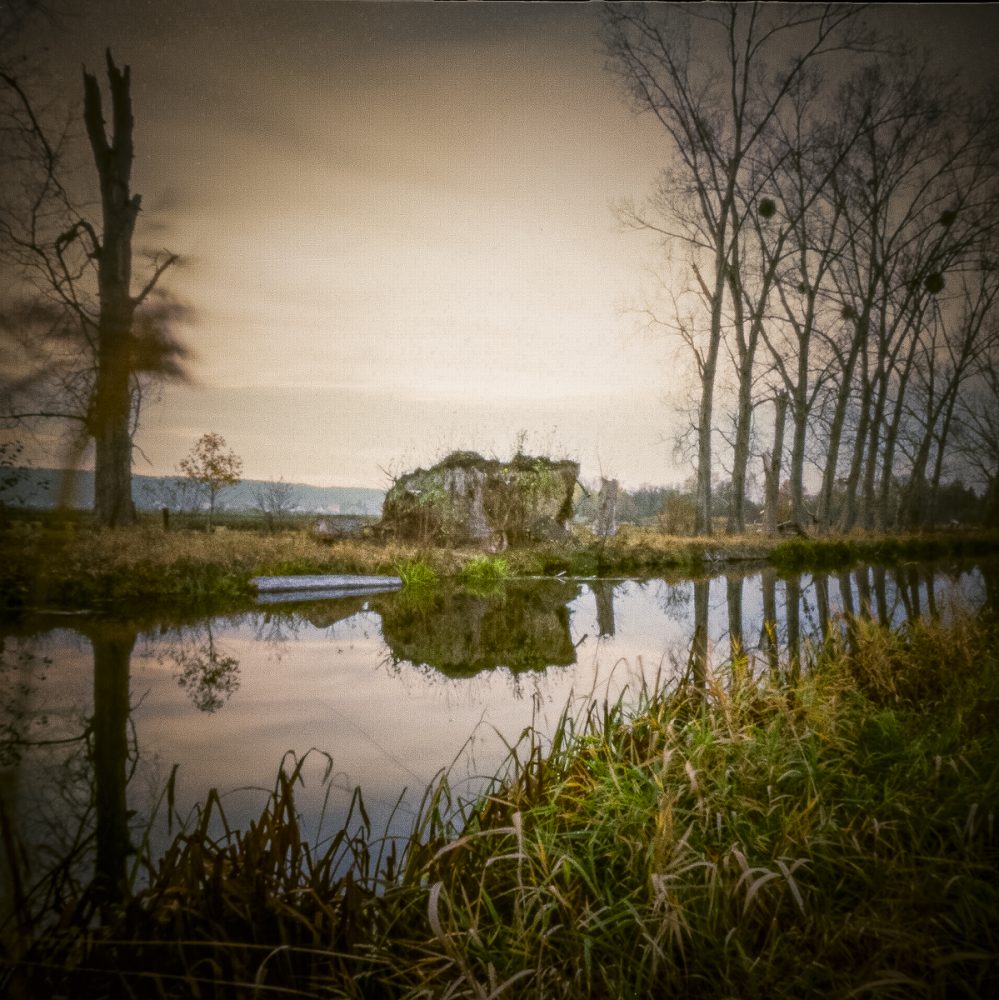



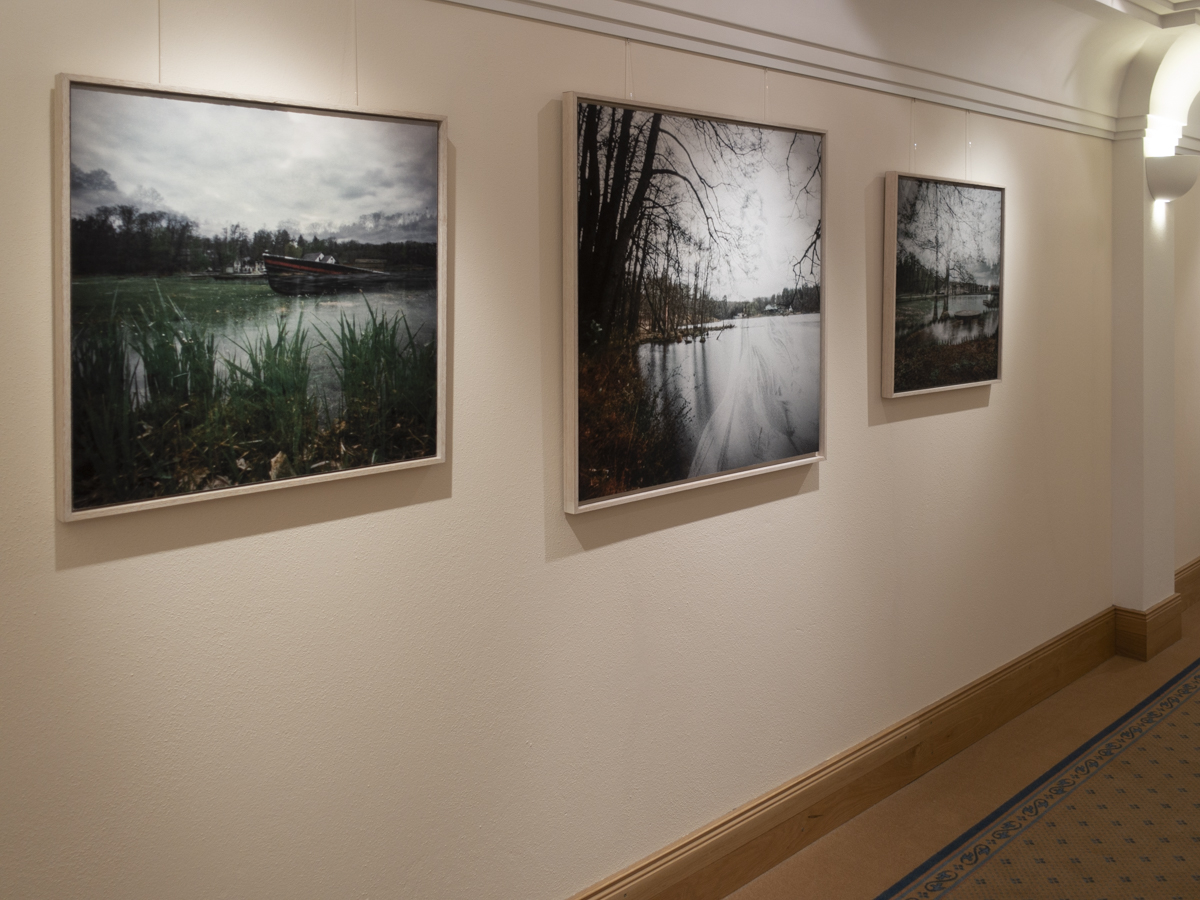
Neueste Kommentare